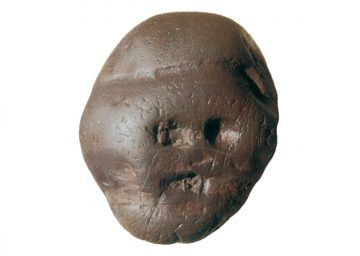Dario Gamboni at Cabinet Magazine:
 “Chance in art” can mean many different things, so numerous and so varied that one may be tempted to dismiss the term as a misnomer or a lexical straw man, like so many adherents to the notion of divine or natural causality have done in the past: “Chance seems to be only a term, by which we express our ignorance of the cause of any thing.”1 But there may be a plane on which at least some of these meanings and forms meet and which can illuminate them—this essay will attempt to locate it.
“Chance in art” can mean many different things, so numerous and so varied that one may be tempted to dismiss the term as a misnomer or a lexical straw man, like so many adherents to the notion of divine or natural causality have done in the past: “Chance seems to be only a term, by which we express our ignorance of the cause of any thing.”1 But there may be a plane on which at least some of these meanings and forms meet and which can illuminate them—this essay will attempt to locate it.
One classical interpretation of “chance in art” is that of the “image made by chance.”2 The phenomenon is documented across times and cultures and can be understood as a particularly explicit manifestation of the active, cognitive (or “projective”) nature of visual perception. In fact, the earliest known “image” associated with humans—or rather pre-humans—, the pebble found at Makapansgat in South Africa, is supposed to have been selected, transported, and preserved some three million years ago because it happened to look like a face.
more here.
